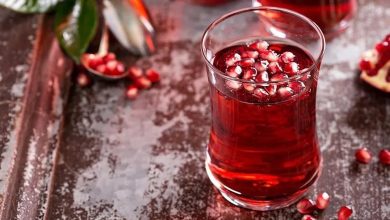Lip Color: 4 Steps For Applying Lip Color
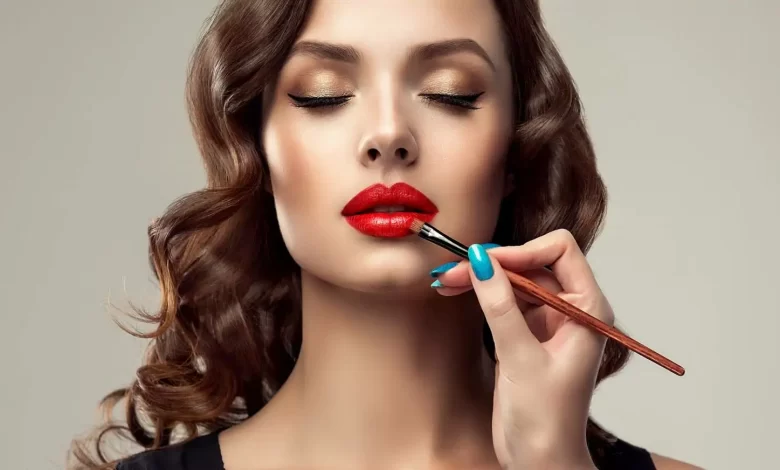
Applying Lip Color: is a great way to add a pop of color or finish off a polished look. Though the process may seem a little daunting, a little practice is all it takes to get used to applying lip color correctly. Make sure to choose the right color and type of lip product, then prep and prime your lips before applying the lip color. Build up color layer by layer and set your lip color to achieve a flawless and long-lasting final product.
1. Choosing a Color and Type of Lip Color

- Find the right color for your skin tone. With such a wide range of color options, it can be difficult to choose the perfect shade. To help you narrow down your selection, look into the colors that are most likely to flatter your skin tone.
For skin with cool undertones like pink, red, or blue, choose lip colors with blue- or purple-shaded undertones.
Applying Lip Color, Skin types with warm undertones (such as yellow, gold, or olive) are best complimented by warm lip colors like red and orange.
Neutral-toned skin generally can pull off any color.
Some colors, like mauve and certain shades of red, work for a wide variety of skin tones.
Makeup artist Bobbi Brown says that your best shade is one or two shades darker than your natural lip color.
- Consider what kind of style you want to achieve. When finding a lip color that suits you, think about what your style is and what kind of look you’re going for.
For a natural look, choose flesh tones such as soft pinks, nudes, tans, and browns.
For a bright look, go for pops of red, orange, and bright pink that will stand out.
Applying Lip Color, Opt for a red lip if you want to project power and confidence. Look for a red with a blue undertone, which will help your teeth look whiter.
To achieve an edgier look, choose colors like dark wine, purple, brown, and black.
For a quirky, playful effect, try neons, blues, greens, pastels, and metallics.
- Decide which finish or texture you prefer. Lip color comes in a wide variety of finishes and textures, such as sheer, matte, semi-matte, cream, satin, glossy, liquid, stain, and tint.
Applying Lip Color, If you’re looking for a shiny, glimmering effect, try cream and satin lipsticks as well as lipgloss. These products catch the light and draw attention to your lips.
For a smooth, shine-less effect, try sheer and matte liquid lipsticks as well as lip stains and tints. These products are more color intensive and tend to last longer but dry your lips out faster.
Layer gloss over matte products if you want a little extra shine.
Avoid shimmer, as metallic pigments can make your color look cheap. Instead, look for formulas that naturally shine and reflect light.
2. Prepping your Lips
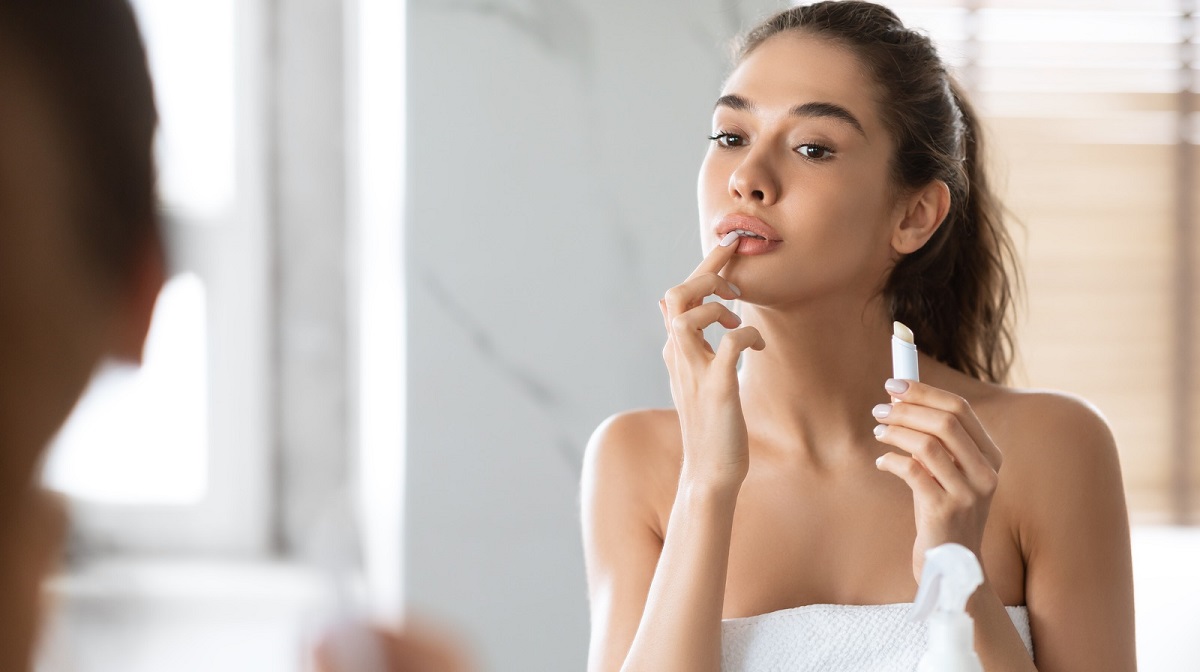
- Exfoliate with a lip scrub.
Applying Lip Color, Rub a gentle scrub over your lips to get rid of dead, chapped skin. Scrubs made with natural ingredients such as sugar and moisturizing oils are perfect for soft exfoliation. Exfoliate your lips twice a week to keep them soft and healthy.
- Dot some lip balm onto your lips. This will help keep your lips moisturized and soft, and it will smooth over and fill in any creases. Having smooth lips will make your application more even, like a blank canvas.[8]
You can also use a lip mask to moisturize your lips even more deeply.
- Use a lip primer to make your lip color last longer. This step is optional, but applying a primer will help keep your lip color from fading, creasing, and bleeding.
You can also use your foundation or concealer as a primer. When applying these products all over the face, apply them to your lips as well and dust a bit of powder over it all before applying lipliner and color.
- Apply lipliner for more definition. Choose a color that matches your natural lip color, not the color of the lipstick you’ll be applying. Use the pencil to create a smooth outline around the natural contour on the edge of your lips. Be careful not to stray too far outside of this natural natural contour, though, as this will make your application look messy and unnatural.
Applying Lip Color, However, drawing a little outside of your natural lip line and adding a bit of gloss in the center of your bottom lip can give the illusion of larger and fuller lips.
You can also fill in your entire lip area with the liner to give the lipstick something to stick to and make your lip color more even. However, if you already used a primer or applied concealer over your lips, this isn’t necessary.
Make sure your lip pencil is always sharpened to keep it sanitary and make your application defined.
3. Applying the Lip Color
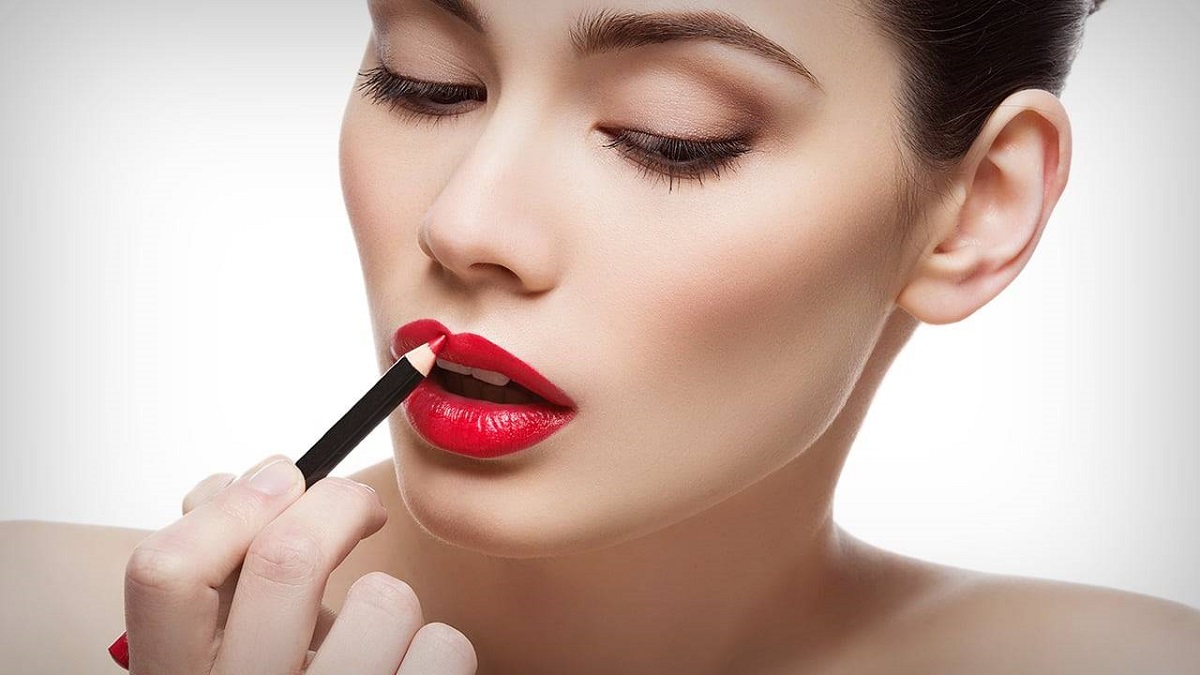
- Apply lipstick to the most difficult areas first. These areas include your cupid’s bow, outer corners, and bottom of the lip. Perfect these lines before moving on to fill in the whole mouth.
Applying Lip Color, You can use your own brush or just apply the color straight from the tube.
To perfectly apply color to your cupid’s bow, or the “V” indentation at the top of your upper lip, draw lines along the edges to form a small “X,” then fill it in.
- Fill in the rest of your lips. Start in the center and move the color applicator back and forth to the outer corners. Make sure to fully cover the enter lip area. Use your finger to apply product to any areas that seem thinner.
- Build up the intensity of your color with multiple applications. Apply the color layer by layer to increase intensity and opacity.
With cheaper products, you may need to apply more layers to hide any streakiness in the formula.
4. Keeping your Lip Color Fresh and Intact
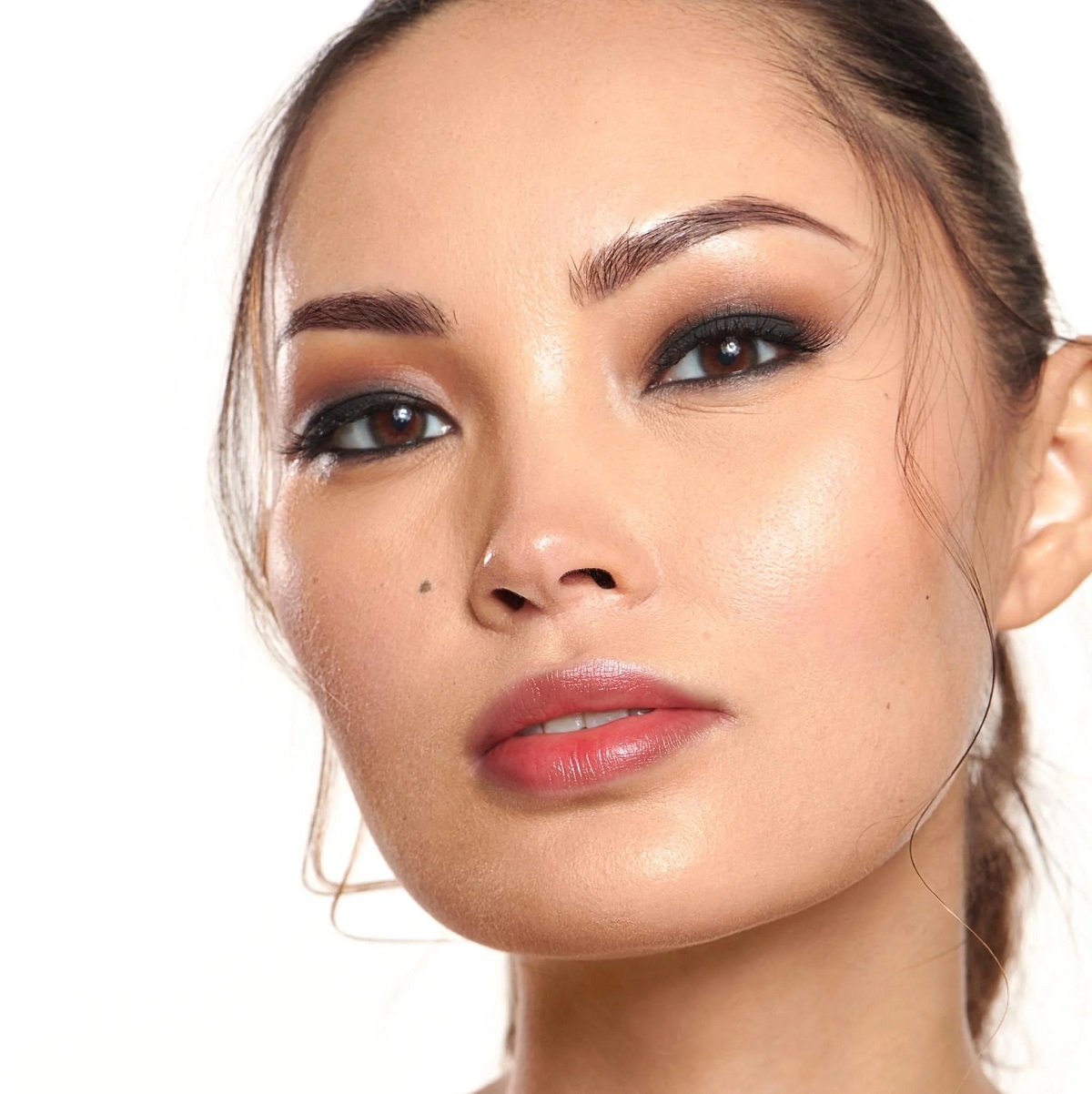
- Blot your lips with a tissue. Carefully press a facial tissue between your lips to remove any excess lip color. This will keep the lip color from transferring onto your teeth.
Applying Lip Color, Dust the facial tissue with powder first to keep your lip color in place longer.
You can also do this with your finger—place one finger between your lips, then pull it out to remove the excess product.
- Apply a bit of setting powder to your lips with a finger. Setting your lip color will help it last longer and prevent bleeding. Lightly pat a small amount of powder in the lip color until it blends in.
- Touch up any mistakes with concealer. If you smudged any edges or accidentally rubbed away any face makeup around your lips, use a small concealer or lip brush to apply concealer around the edges of your lips. This will help your application look clean and defined, as well as allow you to correct the shape of your lips.
Applying Lip Color, Make sure to the gently blend the concealer into the rest of your face makeup.
A q-tip and some make-up remover will also help clean up any smudges or mistakes.
- Re-apply your color as needed. Over the course of the day or night, your color may wear off or fade. Make sure to bring your lip color with you to re-apply or touch up areas that are looking patchy.
Also Read:


